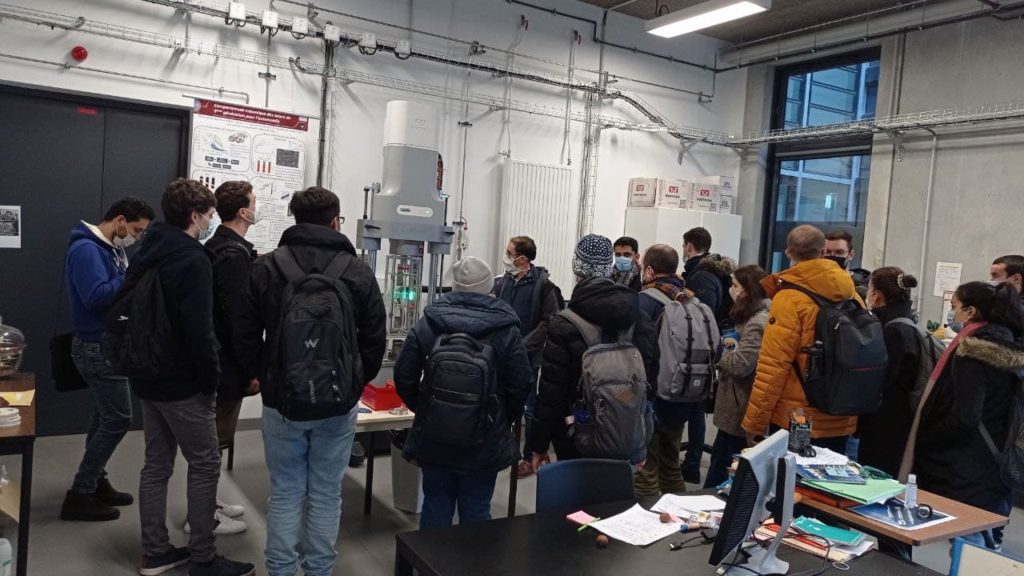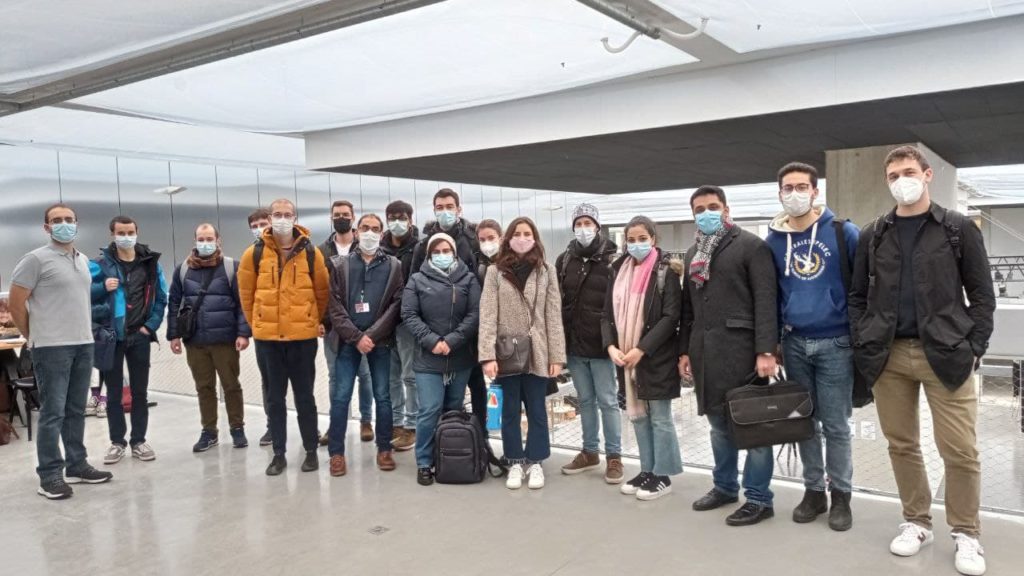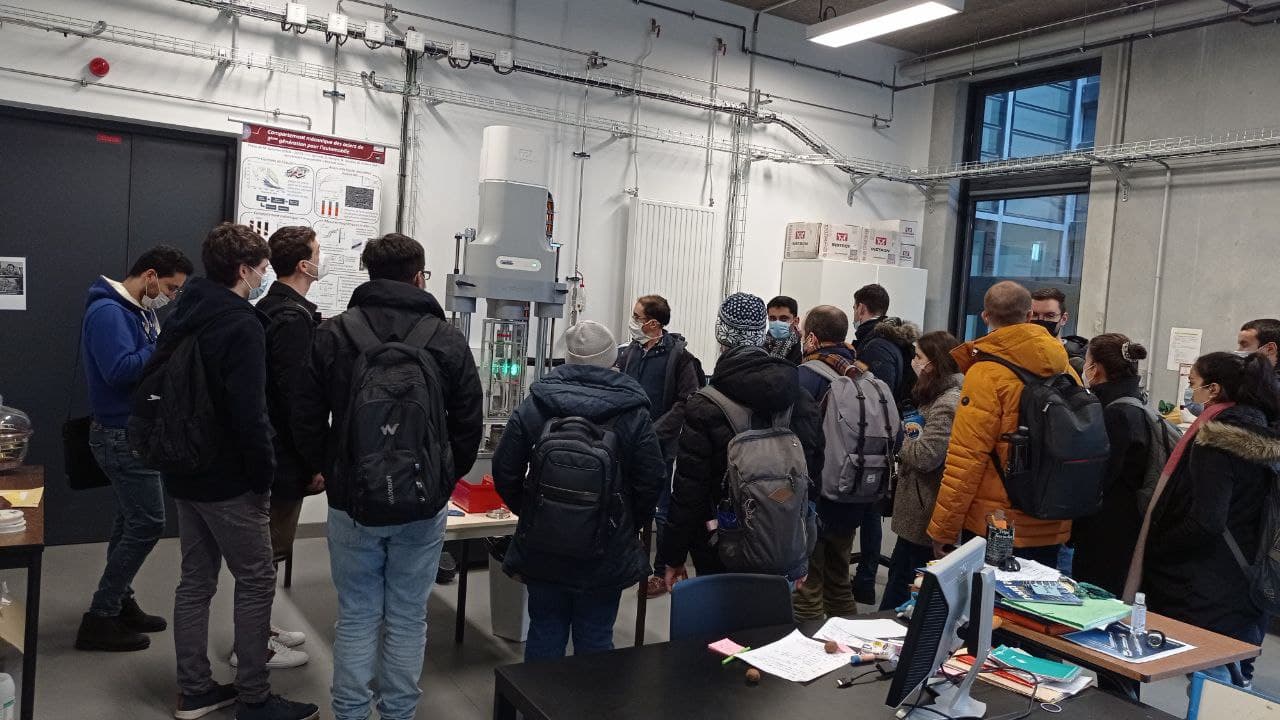
CentraleSupélec, in Gif-sur-Yvette, France, was host to the one-week training (15 to 19 November) on "Modelling and simulation of contact-friction interactions in assemblies of rods / beams". During this training, participants learned about different available approaches to treating frictional and non-frictional contact.
During the first two days and a half, lectures were given by Damien Durville, a researcher at CentraleSupélec, France, and also one of the PIs of the THREAD project and the organiser of this nwt. Through several lectures, he introduced participants to regularised contact model, which is the focus of his research. In practical sessions, participants used Multifil, the code he had developed for modelling beam assemblies. During these hands-on sessions, participants modelled various phenomena using Multifil, including the twist of assemblies of beams, bending of a spiral strand, etc.
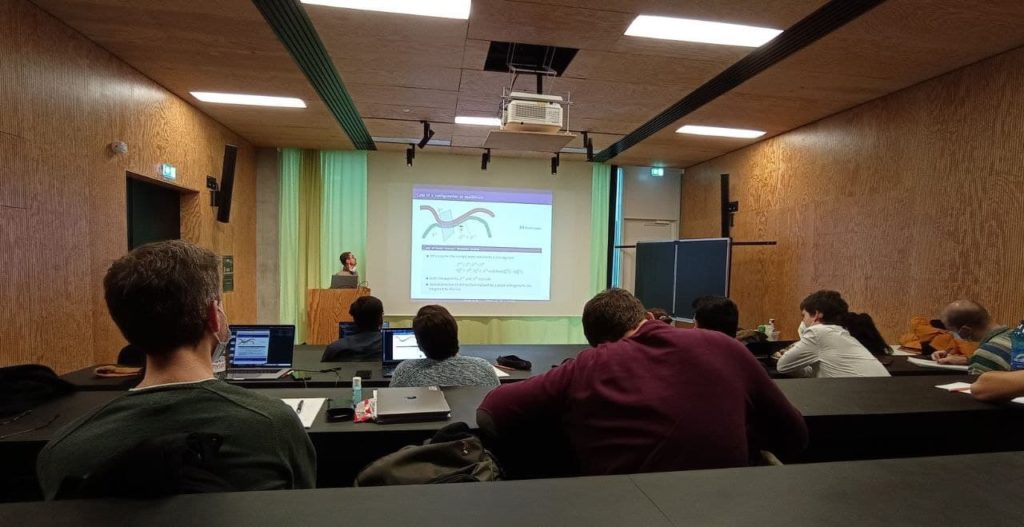
In the afternoon of the third day, the lectures about the non-smooth approach to contact mechanics were given by Florence Bertails-Descoubes and Thibaut Metivet, researchers at Inria Grenoble Rhône-Alpes, France. During the online lectures, they introduced different strategies to tackle the contact problems in a non-smooth way. During the practical sessions, the participants developed a code for a skier problem by considering the skier as a rigid rectangle sliding over a sloped surface.
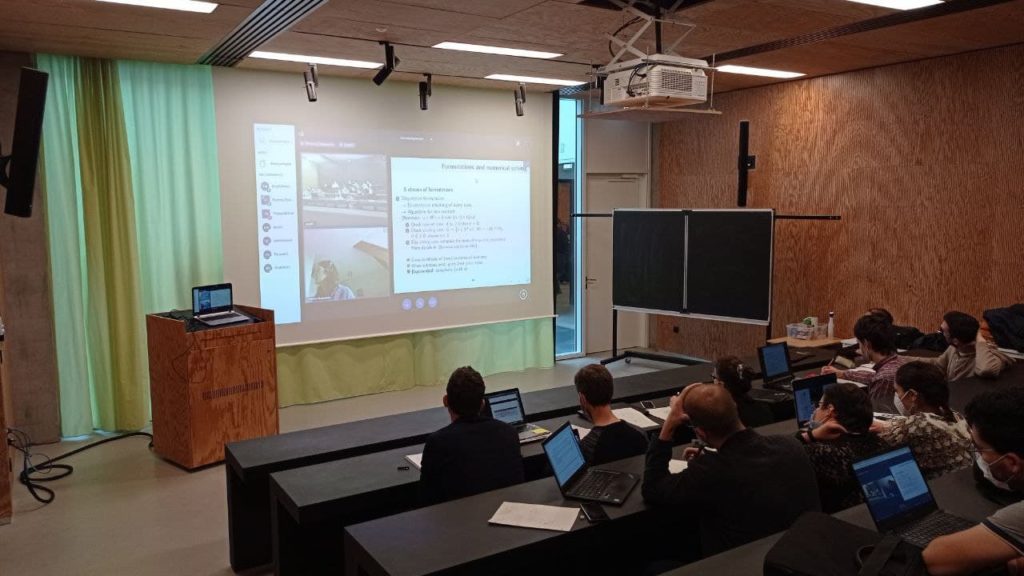
Finally, on the last day, the lectures on non-smooth contact were continued by Olivier Brüls, a professor at the University of Liège, Belgium. After a brief talk on different time integration schemes, during the practical work of the last day, participants implemented various time integration schemes in a code to analyse the contact of a flexible bar with a rigid surface, using both regularised and non-smooth approaches.
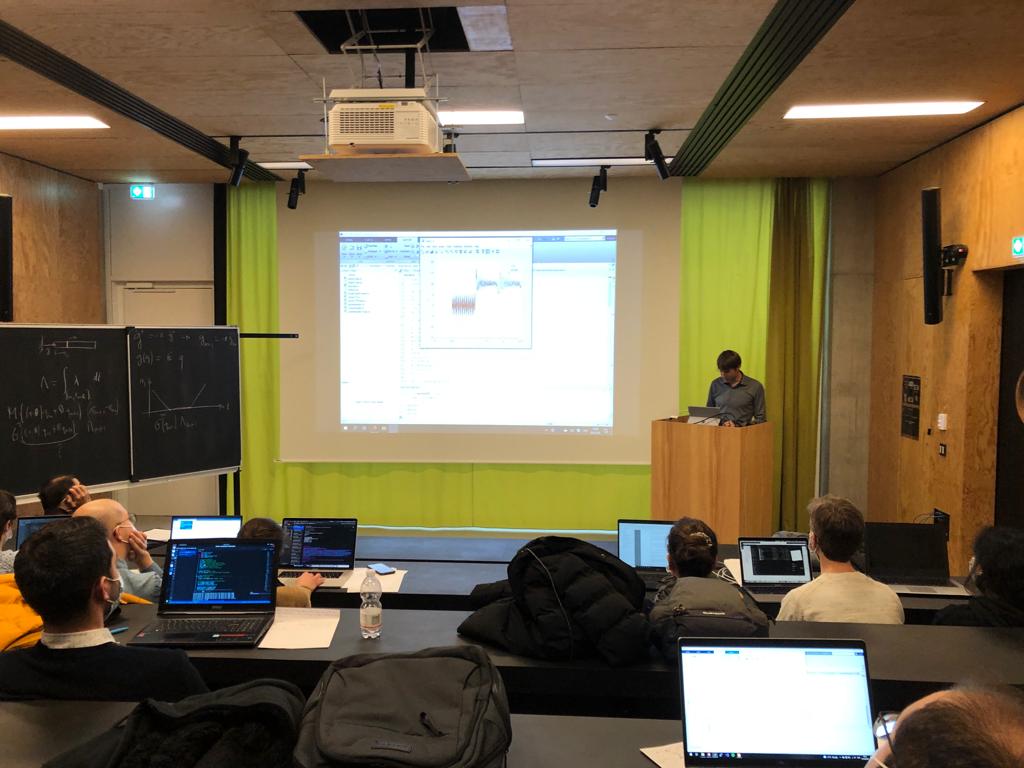
A short visit to the MSSMat laboratory at CentraleSupélec on the second day was a good opportunity for the participants to become familiar with a few of the experimental capabilities of the lab. Moreover, the dinner at the end of the third day was the perfect time for the participants to chat and enjoy the French cuisine.
As an ESR whose PhD thesis involves frictional contact interaction, I found the training very interesting and valuable. The most exciting element for me was seeing the advantages and disadvantages of the two main approaches to contact modelling, namely the smooth and non-smooth, and understanding the capabilities of each approach from the field's experts.
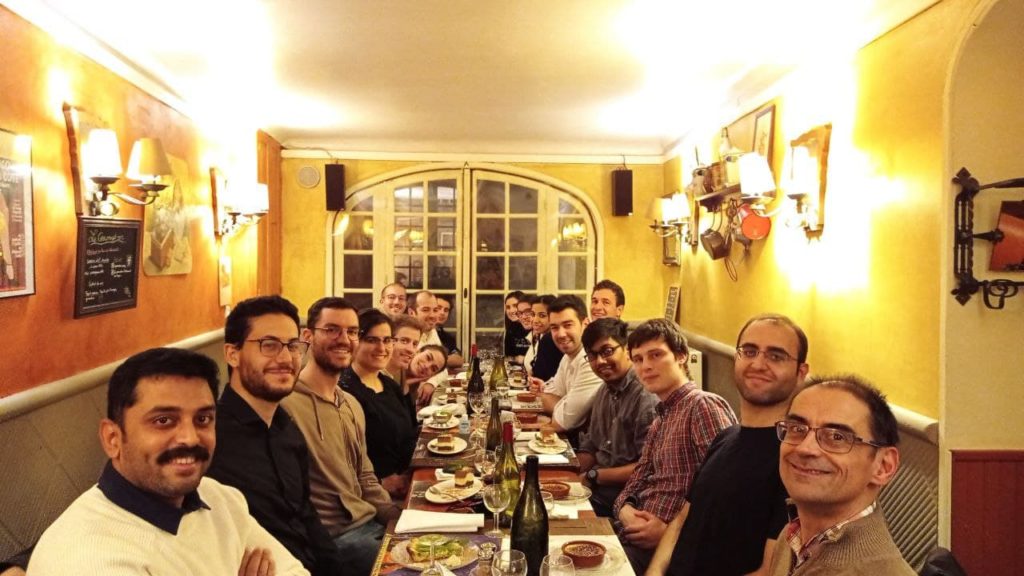
Contributed by Mohammad Ali Saadat (ESR6)

